
Mugshots from the Allergy Sufferers’ Most-Wanted List
Patients with seasonal allergies often wonder what the various trees, grasses, and weeds look like that have caused so much misery. Even more complicated, residents here frequently travel to other places, especially nearby states (ahem, California?). For this reason, slightly different vegetation in other places must also be accounted for! Here are photos, some taken by Dr Morgan.
Notice these allergenic plants tend to have plain appearances, without notable flowers. This is of course because the wind spreads their pollen, and they don’t need attractive flowers or fragrance to entice insects to do so.
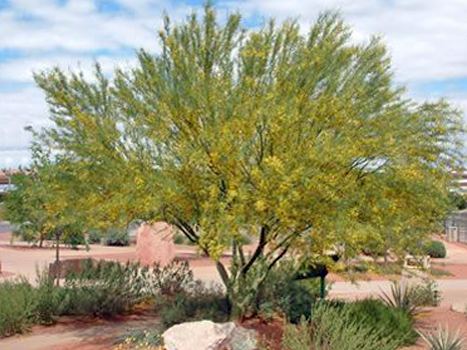
Acacia Tree
Group of desert trees often positive on allergy testing
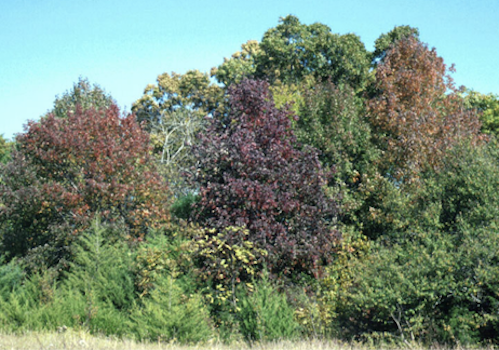
Ash Tree
Pollen similar to olive and privet trees
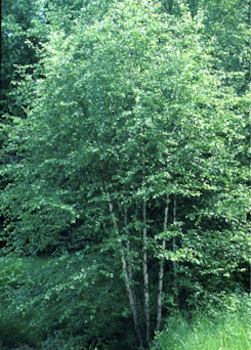
Birch Tree
Not so abundant in the Southwest but related to some fruit/vegetable allergies
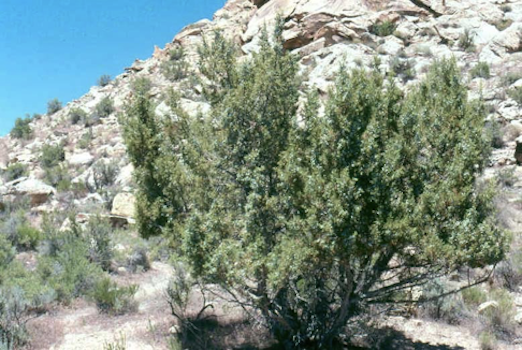
Mountain Cedar Tree
This and related species are airborne in the cold months
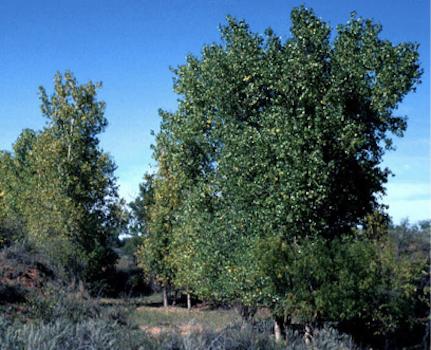
Cottonwood Tree
By the time the cotton is floating, pollination is already ended
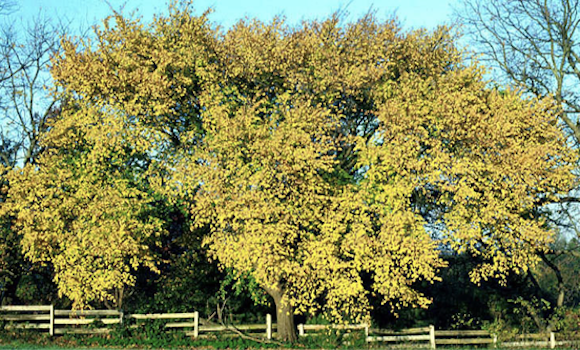
Elm Tree
Limited numbers in landscape but very important most other places in the country
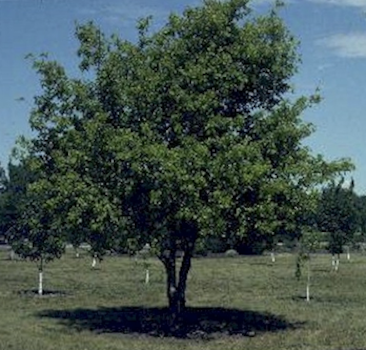
Maple Tree
Shown here is a box elder (similar to maple)
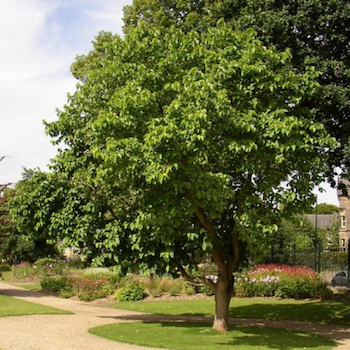
Mulberry Tree
Notorious pollinator introduced for landscaping
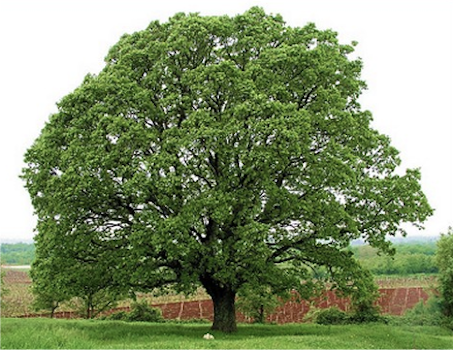
Oak Tree
Perhaps the most important tree pollen for spring sufferers in most of the country
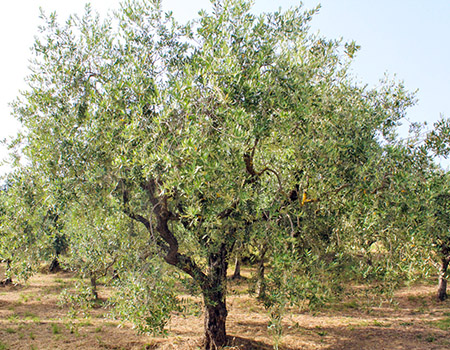
Olive Tree
Attractive tree but infamous pollinator here and also in California
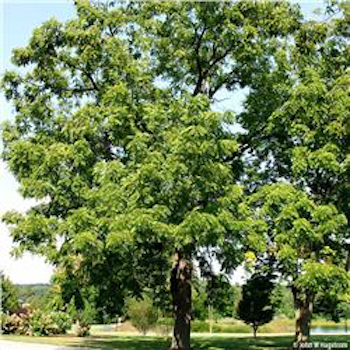
Walnut Tree
Similar to pecan pollen and important in large areas of the country
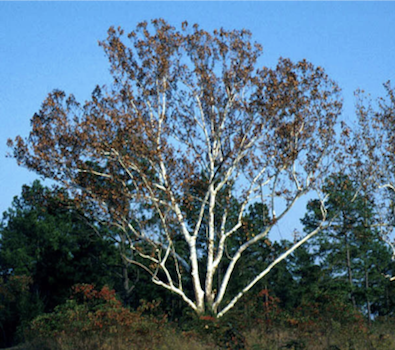
Sycamore Tree
Related to the plane tree in other parts of the US
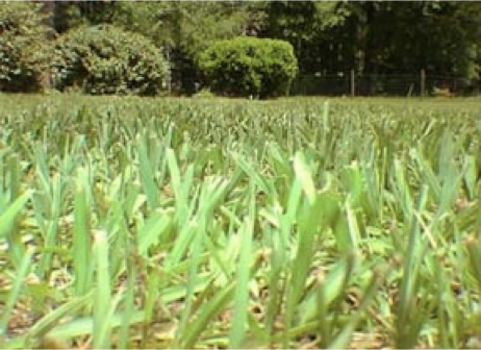
Bahia Grass
Found in warm climates
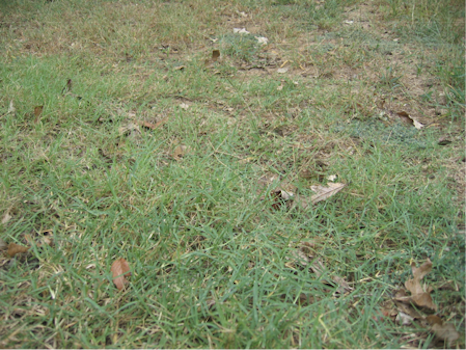
Bermuda Grass
Originally from Africa, now introduced for lawns and golf courses
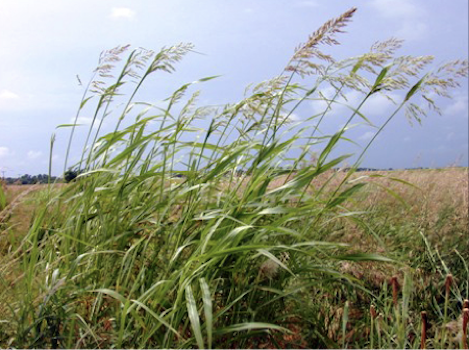
Johnson Grass
Actually a grass but considered weedy by many
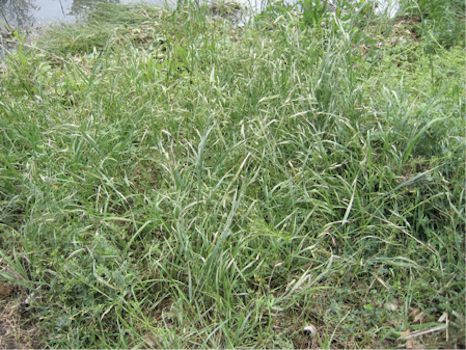
Northern Pasture Grass
Many related species of pasture grass that grow not only in warm but also northern US climates
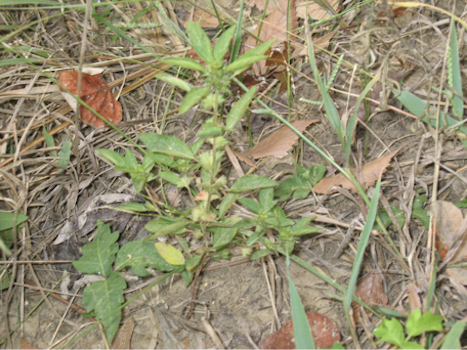
Pigweed
Also called careless weed, one of the big three weeds nationwide
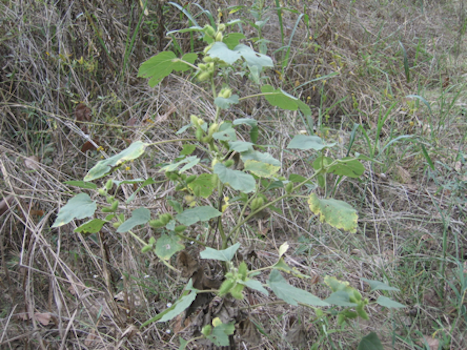
Cocklebur Weed
Velcro balls stick to clothing and animal fur
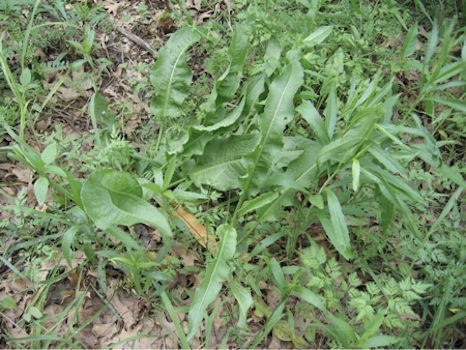
Dock Weed
Also called sorrel weed
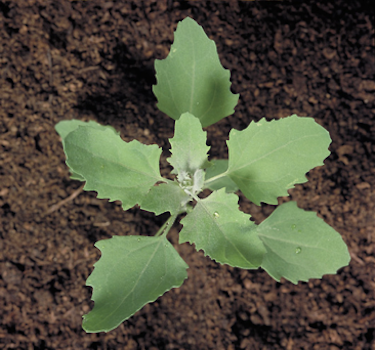
Lambsquarters Weed
Another ugly-looking weed
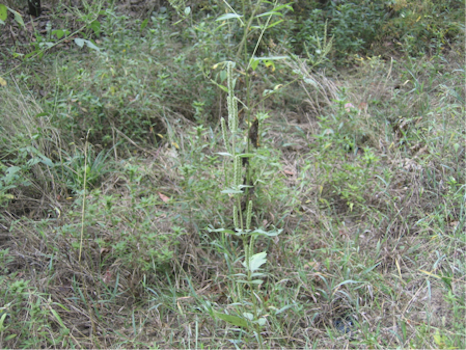
Marshelder Weed
Another of the big three weeds, probably #3 most common for Dr Morgan’s patients
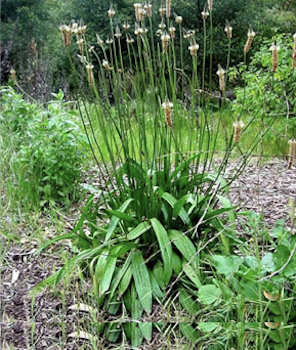
English Plantain Weed
Tired of looking at ugly weeds yet?
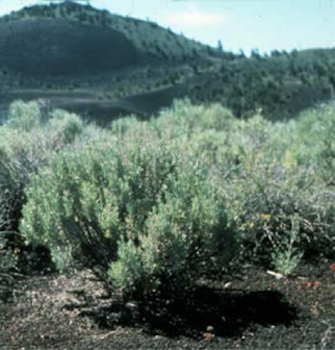
Sagebrush Weed
Related to mugwort, which is involved in some fruit/vegetable allergies
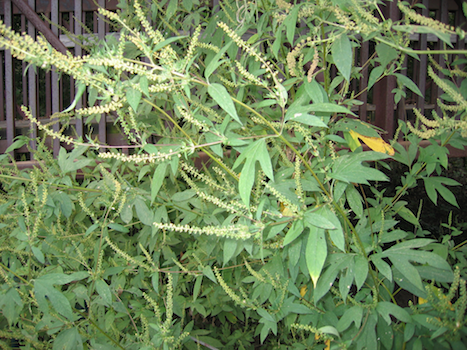
Ragweed
The most infamous weed of all is a household word

Tumbleweed
Actually introduced from Russia but well known in the Desert Southwest
Previous
Next
If you have already had allergy testing recently, now you know which of these (or none, sometimes) are to blame for your seasonal symptoms!
Thank you for visiting www.lasvegasallergy.com!




